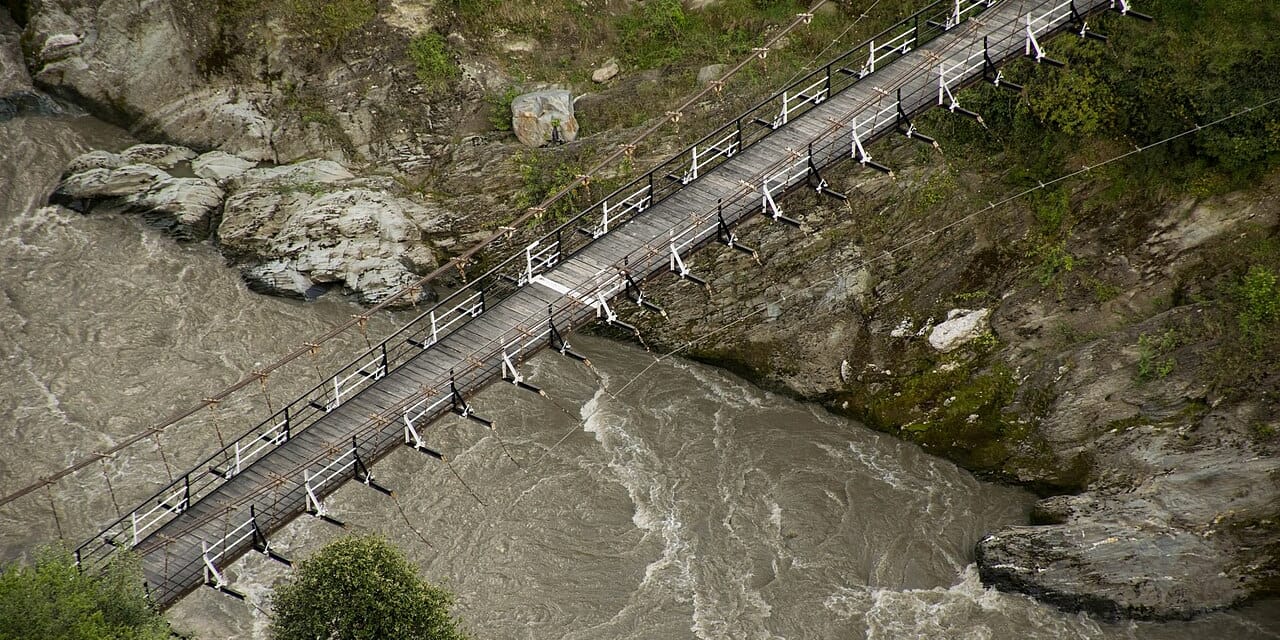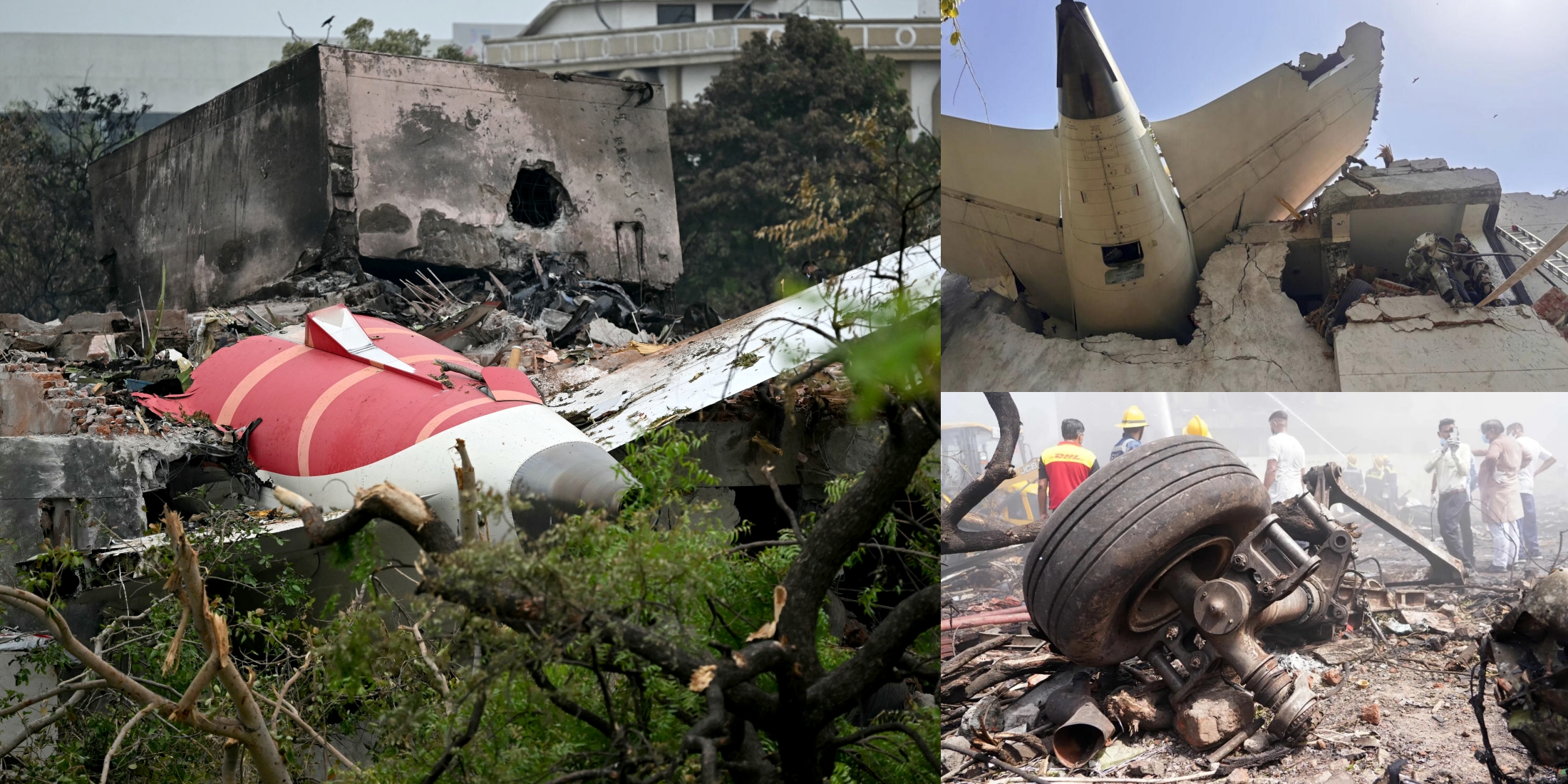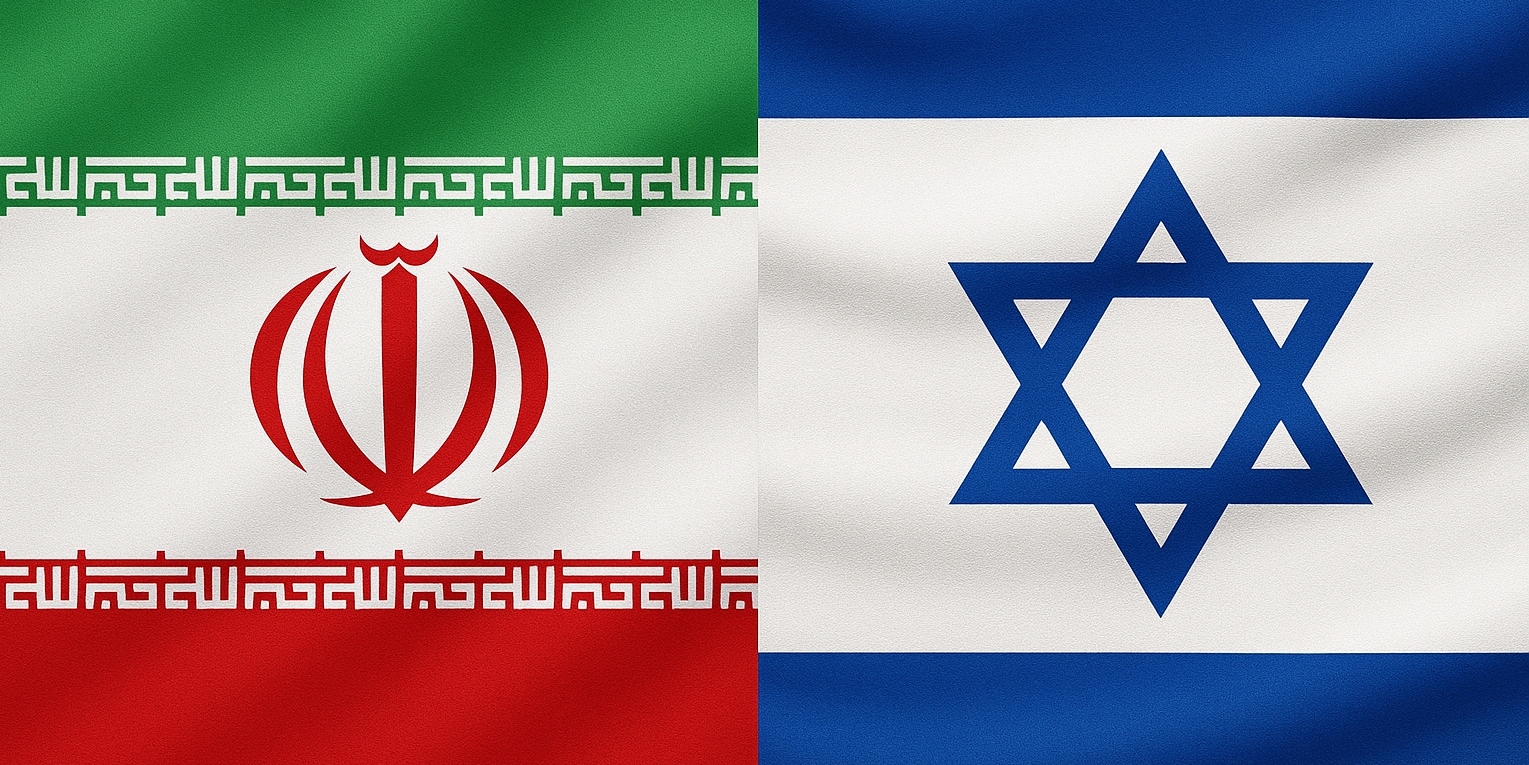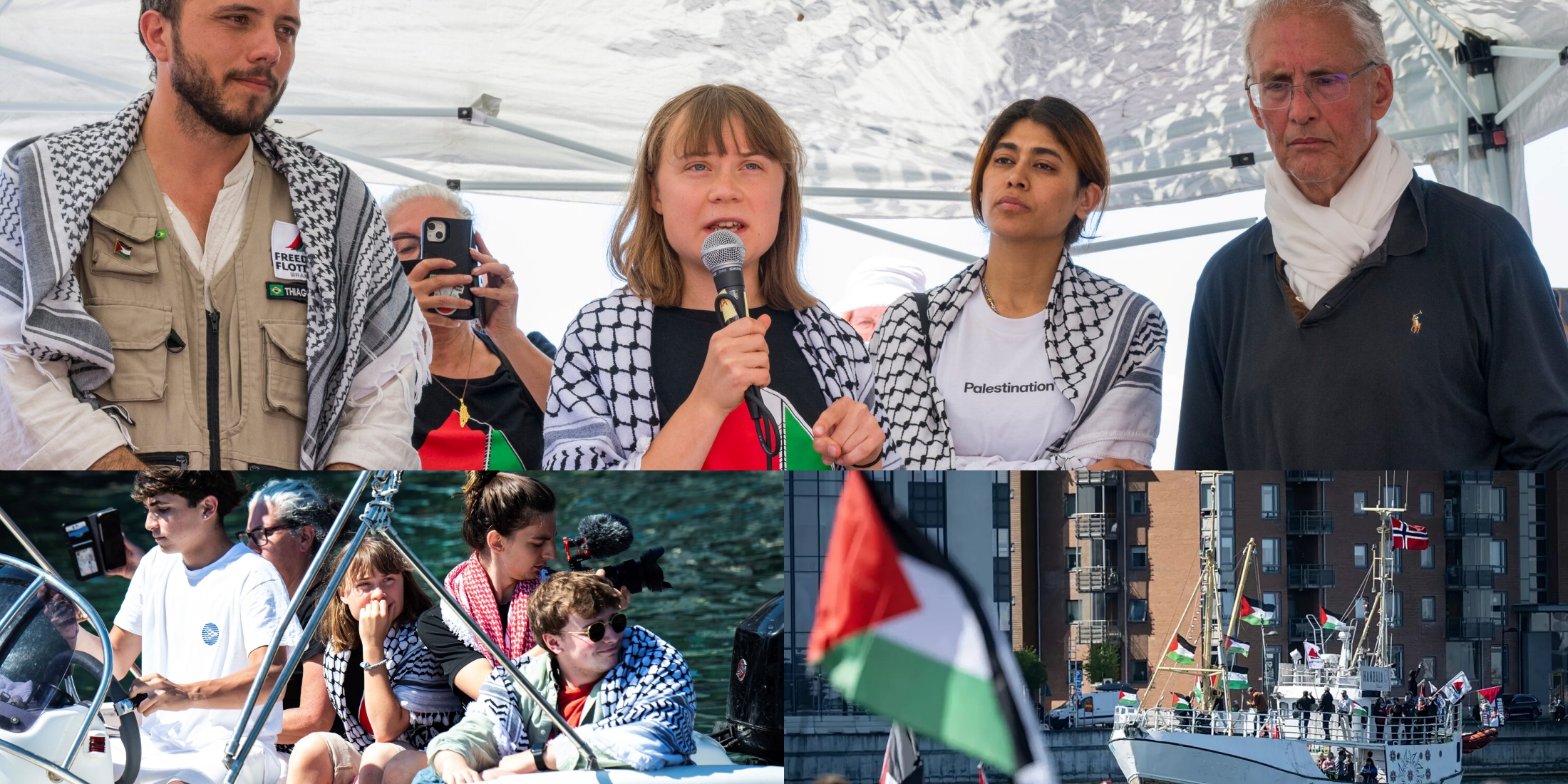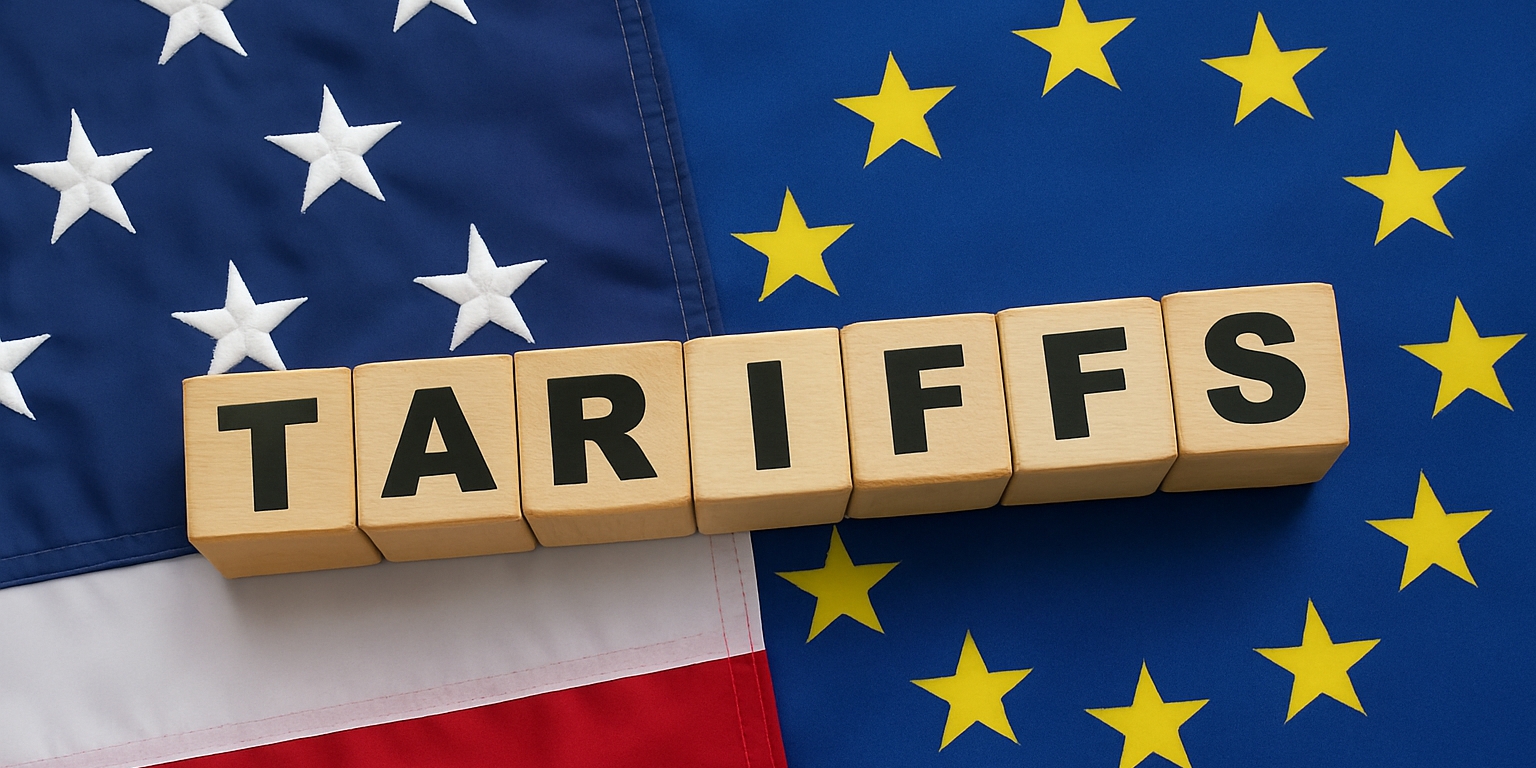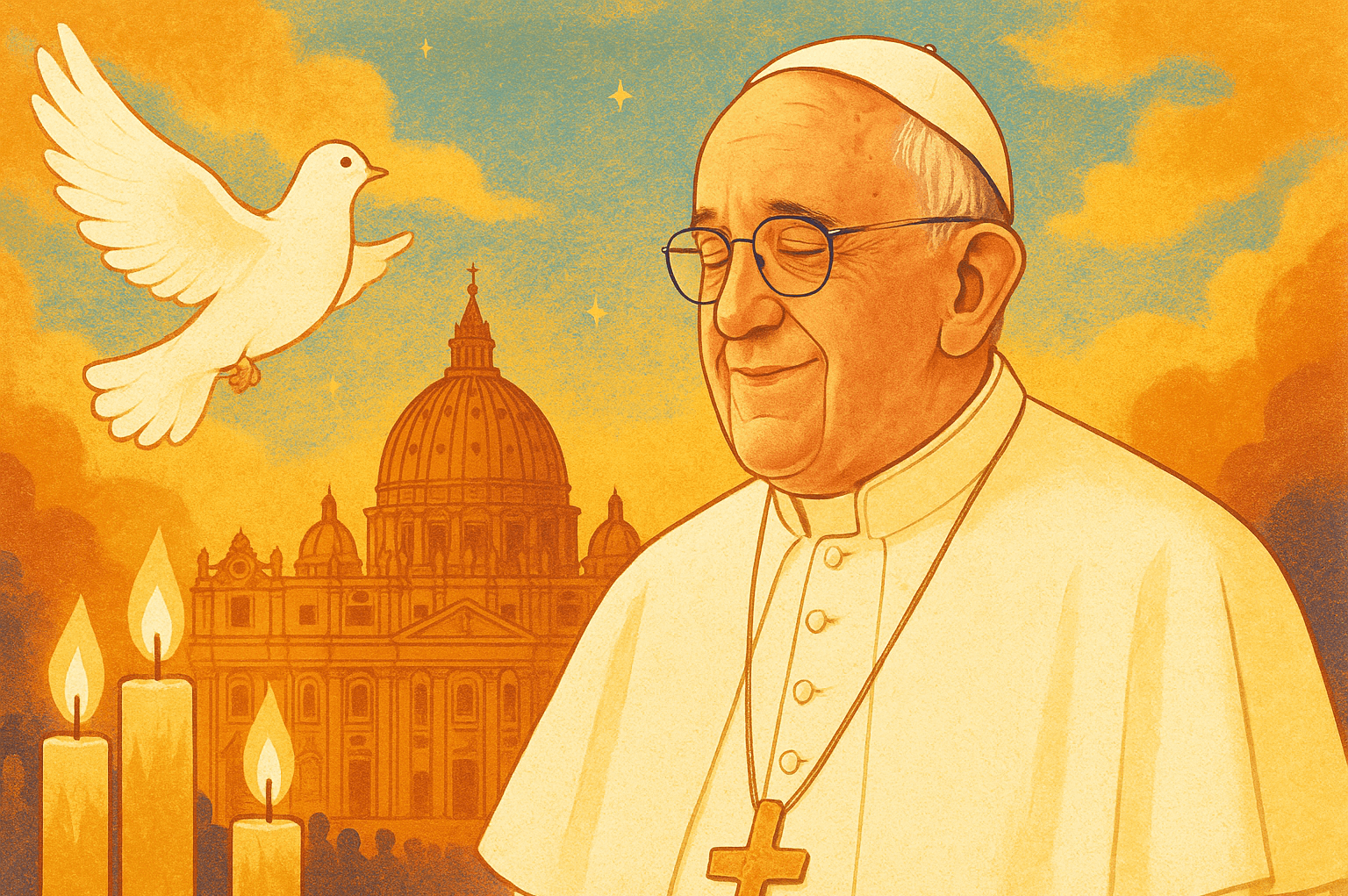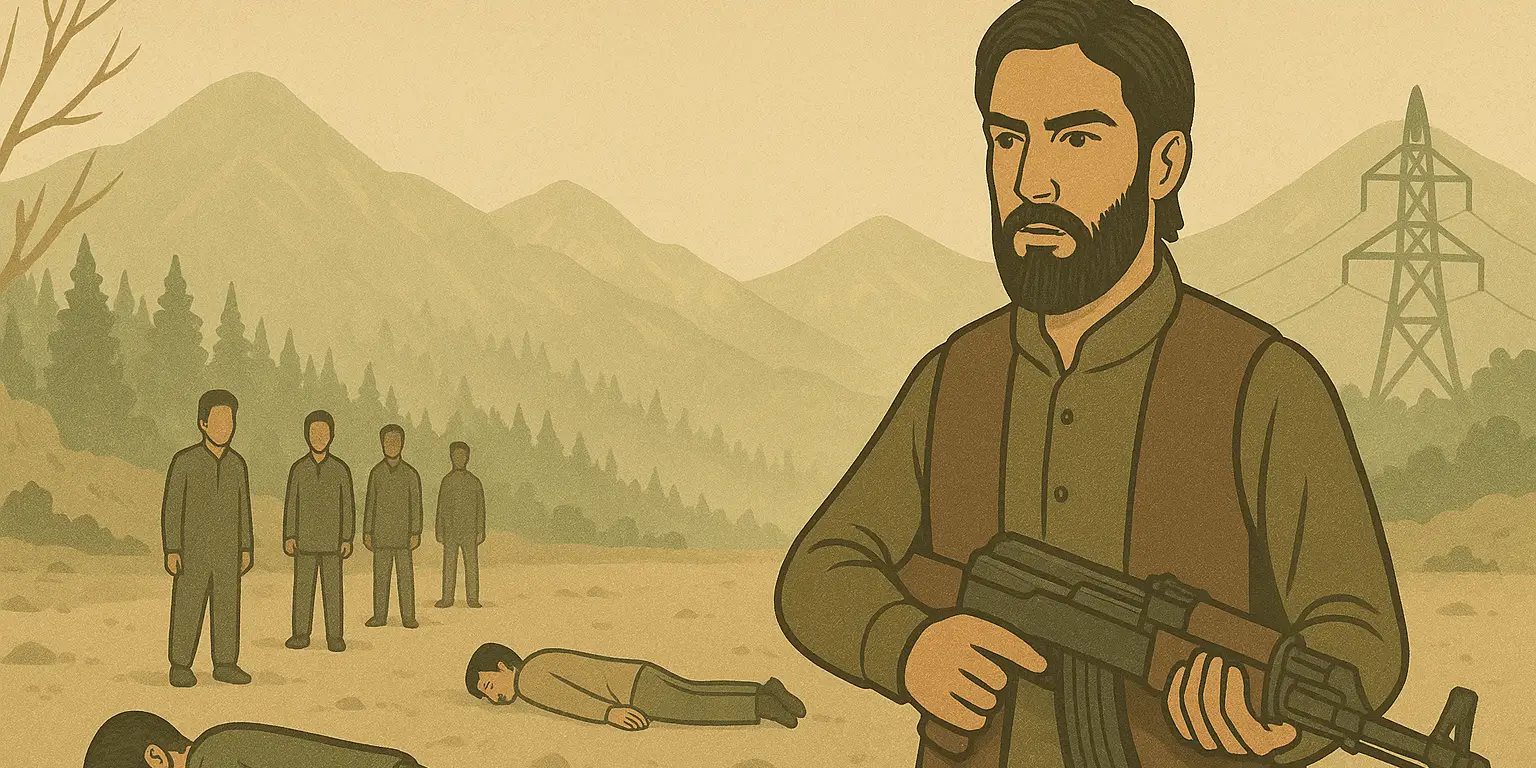Of all the wars, conflicts, and disputes in the world — Israel and Palestine, Russia and Ukraine, India and Pakistan, India and China, just to name a few — you might think the reason for these hostilities is either pushing a geopolitical agenda or claiming religious authority, or cultural and ethnic hegemony. And sure, these conflicts are masked that way, but here’s a new perspective: these conflicts are about controlling earth’s resources.
The earth’s resources are depleting at an alarming rate, and survival in the future, now more than ever, depends on who controls these resources. The next world war, they say, will be fought for water. And our present reality certainly supports that.
To give you some perspective, a report by Robert Muggah, a principal at the SecDev Group, argues a key reason for Russia to invade Ukraine was the latter’s untapped minerals, gas, and coal reserves. In another study by Mohammed T. Obidallah in the Central European Journal of International and Security Studies, a critical conflict point in Israel’s occupation of Palestine is controlling the freshwater supply. Most recently, the announcement by China to build the world’s largest dam on the Brahmaputra River along the contested border with India only adds more pressure to their long-standing claim over Jammu and Kashmir’s Aksai region. A Bloomberg report says China does not need this dam, but it is only doing so to exert its influence over the region.
Jammu & Kashmir is a mountainous region where three mountain ranges — the Himalayas, Karakoram, and Hindu Kush meet. It is famously known as the roof of the world, where the world’s biggest glaciers and tallest mountains outside of the polar regions are located. All the water that flows through West Indian and Pakistani rivers originates from here. The present Jammu & Kashmir is a disputed region claimed by Pakistan, India, and China. A remnant of the princely state of the British Empire, it has been the epicenter of conflict since 1947, where the weapon for ultimate control is ‘Water.’
Jammu & Kashmir has a fascinating history intertwined with religious, cultural, and ethnic threads. In this article, we’ll explore the timeline of the Jammu & Kashmir conflict and how it shapes the geopolitical dynamics between Pakistan, India, and China, laying their claims on this region’s natural resources.
On the wrong side of history: What happened in 1947?
Jammu & Kashmir was a princely state in British India ruled by Maharaja Hari Singh, a Hindu ruler. The independence movement was at its peak, and soon, British India was to be partitioned into Muslim-majority areas, to be known as Pakistan, and Hindu-majority areas, to be known as India. All the princely states at the time were given a choice to join India or Pakistan.
The independence movement for Muslims was spearheaded by M.A Jinnah, based on the core ideology that all the Muslim majority areas, including the princely states, irrespective of their ruler’s religious affiliations, should be part of Pakistan.
Jammu & Kashmir had a distinctive ethnic fault line; even geographically, the state had three administrative areas: Kashmir, Jammu, and Ladakh. Muslims were a majority in Kashmir, Hindus were a majority in Jammu, and Buddhists were a majority in the Ladakh region. But overall, the princely state’s majority population was Muslim, and so it was perceived the state should join Pakistan.
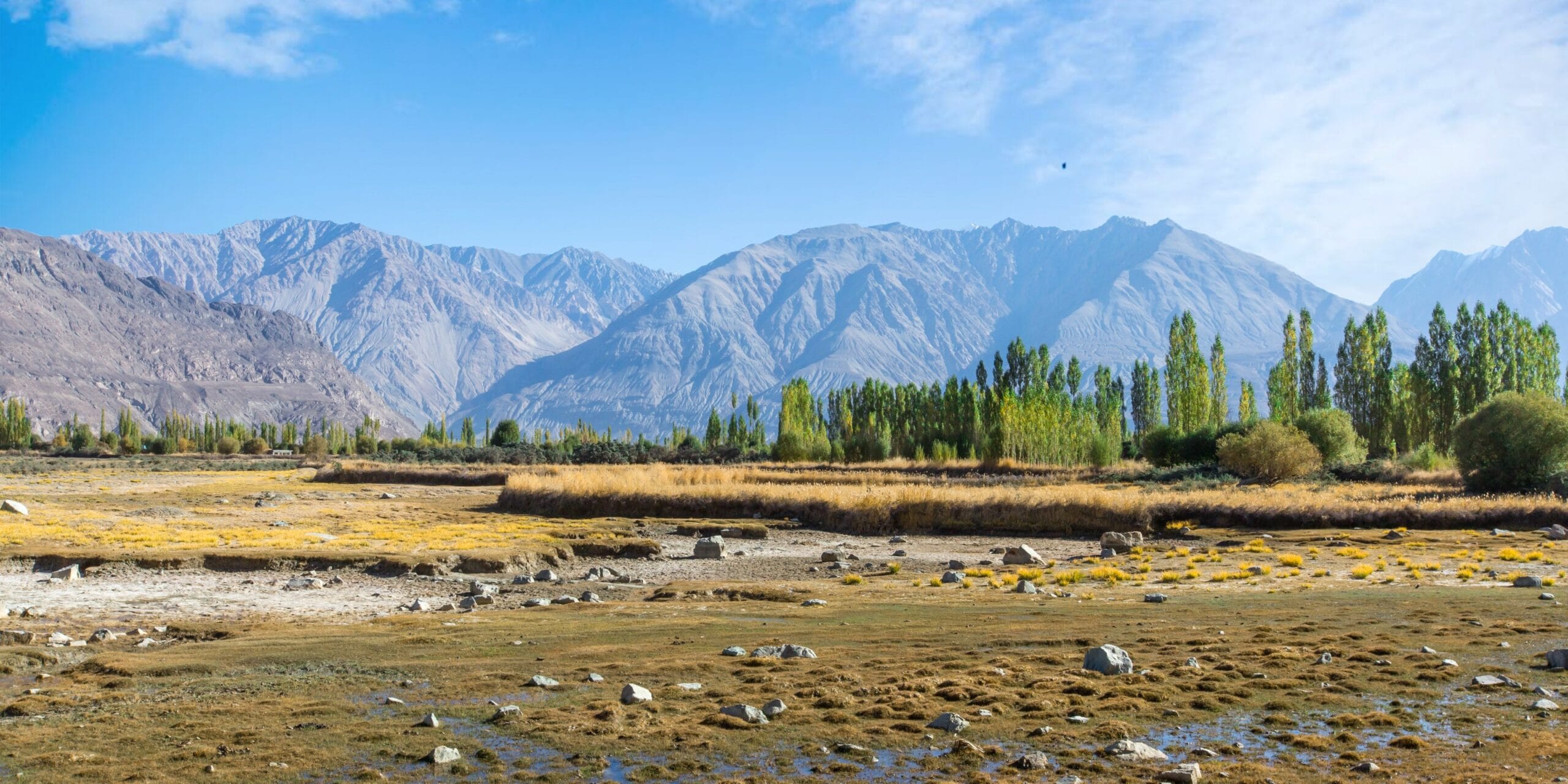
Mr. Jinnah knew the importance of Jammu & Kashmir and its rich water sources as critical for Pakistan, especially when the country was heavily dependent on agriculture as its primary source of revenue. In a meeting in May 1947 with Lord Mountbatten, the viceroy of British India, Mr Jinnah explained the meaning of what Pakistan is: “P for Punjab; A for Afghan (i.e. Pathans of NWFP); K for Kashmir; I for nothing because that letter was not in the word in Urdu; S for Sindh and Tan for the last syllable of Balochistan.”
As partition was being finalized, Lord Mountbatten approached Maharaja Hari Singh to ascertain his subjects’ wishes before deciding whether to join Pakistan or India. The Maharaja remained neutral and decided to wait until the formation of new countries. On 14 and 15 August 1947, Pakistan and India were created, and what followed was perhaps the bloodiest migration ever recorded in the history of the world.
The neutrality of the Maharaja was short-lived. The pressure was mounting, and a side needed to be chosen. Mr. Jinnah, now the governor-general of Pakistan, and Mr. Nehru, the first prime minister of India, sent intermediaries to Maharaja Hari Singh to begin accession talks.
To truly understand what would happen next, our readers need to know that there was another princely state, Hyderabad Deccan, which had a Muslim ruler and a Hindu majority. Like the Maharaja, Hyderabad also decided to remain neutral but faced increasing pressure from India to accede to its dominion. Elsewhere, China was in a civil war, where the Chinese Communist Party, led by Mao Zedong, was winning. The People’s Republic of China would come into effect in 1949, and the first signs of conflict between India and China would arise in 1956 when China decided to build a road along the disputed Aksai region.
On the Kashmir front, Maharaja Hari Singh was inclined to join India but was still hesitant. The final push came in October 1947 when Tribal Pathuns from the NWFP, now Khyber Pakhtunkhwa, marched towards Kashmir in a bid to annex it to Pakistan, knowing that the Maharaja would likely join India. The war broke out.
Maharaja Hari Singh pleaded with India to intervene as his forces took heavy losses, but India, seizing this opportune moment, forced the Maharaja to sign the accession document. On 27 October 1947, Jammu & Kashmir was made a part of India. And the Indian Military took charge of the conflict. Every year since, in Pakistan-administered Kashmir, 27 October is observed as a Black Day.
As the Indian Military repelled the rebellion, Pakistani forces were in a state of confusion. There are conflicting reports that General Douglas Gracey, the acting commander-in-chief of the Pakistan Army, refused to fight because Kashmir had already acceded. According to other accounts, Generals Frank Messervy and Douglas Gracey were the masterminds of Operation Gulmarg, which involved sending the Tribal Pathuns into Kashmir to force the Maharaja to accede to Pakistan — a claim Pakistan denies to this day!
In early 1948, with pressure from M.A. Jinnah, Pakistani troops formally entered the war under the guise of protecting its sovereign borders. The Pakistani troops captured most of what is now known as Pakistan-administered Azad Kashmir. They were in striking distance of Srinagar when the UN Security Council intervened on behalf of India. Noting an intense battle and casualties, China laid out the infamous Resolution 47, which was initially rejected by both Pakistan and India.
Fighting continued as more nations joined in for a diplomatic resolution to Kashmir. During this time, M.A. Jinnah passed away in September 1948, while at the same time, Hyderabad Deccan fell to Indian Forces. On his deathbed, Mr. Jinnah is said to have spoken his most famous quote on Kashmir: “Kashmir is the Jugular vein of Pakistan, and no nation or country would tolerate its Jugular vein remains under the sword of the enemy” — emphasizing what the region meant for Pakistan.
Finally, on 1 January 1949, an amended and ratified UNSC Resolution 47 was accepted by India and Pakistan, and a ceasefire came into effect. Pakistan took control of the whole Baltistan Region, including Gilgit and Azad Kashmir, while India maintained control of most of the Jammu region and Ladakh. Later, as a gesture of goodwill, Pakistan acceded its claim to parts of Gilgit to China when the Sino-Pakistan Border was agreed in 1963 — a border rejected by India.
The UNSC Resolution 47 mandated a plebiscite in which Kashmiris would decide whether to join Pakistan or India or become an independent state. For our readers, it has been 77 years, and the Kashmiri people are still fighting for their right to self-determination, sandwiched between the ambitions of India and Pakistan.
Water: The boiling point for wars
If you look at the geography, two rivers, the Brahmaputra and Indus, originate from Jammu & Kashmir. For India, the water from these rivers is a sacred source. For Pakistan, it is the source of their livelihood.
The Brahmaputra is contested between China and India, while the Indus River and its tributaries, Jhelum, Chenab, Sutlej, and Ravi, is where the Kashmir Conflict boils over between Pakistan and India.
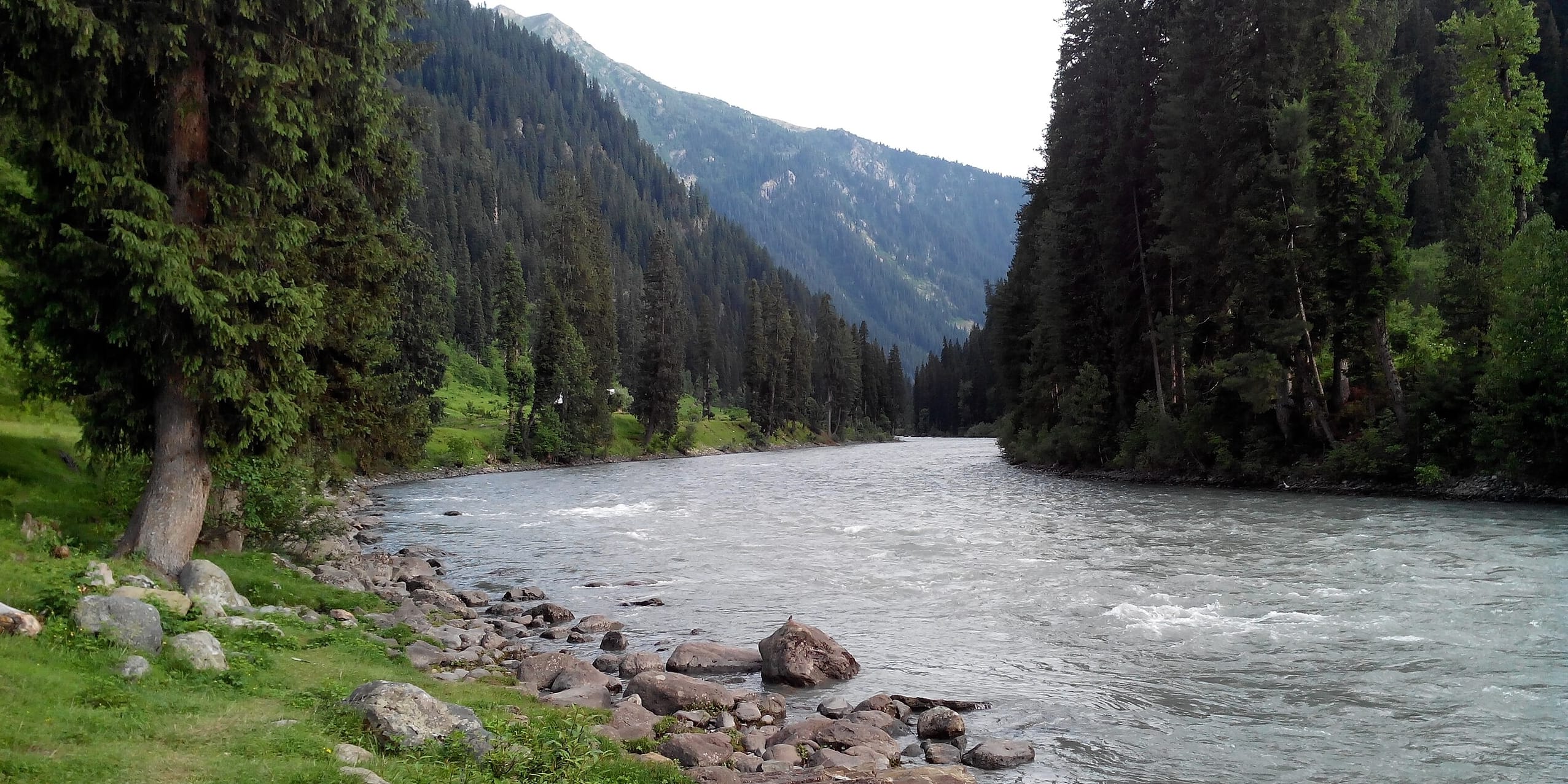
In his book Blood and Water, David Gilmartin recalls how India weaponized water in its 1947-48 war against Pakistan. In April 1948, India stopped the flow of the Sutlej and Ravi rivers, which led to deep apprehensions on the Pakistani side. The matter was partly resolved when both countries signed an Inter-dominion Accord in May 1948, with India agreeing to release sufficient water into Pakistan upon an annual payment.
However, this incident only hardened Pakistan’s resolve over Kashmir. Between 1948 and 1960, water disputes were constant. Finally, in September 1960, with the intervention of the World Bank, both countries signed the Indus Water Treaty. The treaty gave Pakistan complete control over the Indus, Jhelum, and Chenab rivers while mitigating the Indian risk over the Sutlej and Ravi rivers.
David Lilienthal, the former head of the US Atomic Energy Commission, wrote: “No armies with bombs and shellfire could divest a land so thoroughly as Pakistan could be devastated by the simple expedient of India’s permanently shutting up the source of water that keeps the field and the people of Pakistan green.” Even though the treaty favored Pakistan, it remained skeptical of India to honor the terms. Thus, another war was soon on the horizon.
1962-1972: A decade of war
The next notable event in Kashmir’s history was the 1962 war between India and China. The background was a military road constructed by China in the contested Aksai region of Jammu and Kashmir in 1956 and the quashing of an uprising in Tibet by Chinese Forces in 1959, where India agitated China by giving asylum to the Dalai Lama.
The Soviet Union and the USA, the Cold War superpowers, increasingly supported India’s stance over China. So when they were occupied at the height of the Cuban Missile Crisis, China swiftly moved against India, giving it a crushing defeat. Lora Saalman, in a 2011 study on Sino-India relations, argued how the loss shaped India’s war strategy and upgrades on defense. India had much to do, and that is when Pakistan seized an opportunity to enter the scene.
Fast-forward three years. Pakistan was technically sound, and its armory and airpower were stronger, even if its overall military might was smaller than India’s. With India still overhauling its military, Pakistan launched Operation Desert Hawk over the Rann of Kutch. This was another disputed border area, and Pakistan’s armory was no match. India retreated, and the UK mandated a ceasefire.
The success made Pakistan confident to strike another blow. The animosity among Kashmiri Muslims who were still reeling from the theft of Moi-e-Muqaddas meant Pakistan could incite civil unrest and, ultimately, a revolt. And so, Operation Gibraltar was launched.
Operation Gibraltar was first planned in the 1950s, and Pakistan had over 15 years to plan its logistics. Field Marshal Ayub Khan instigated the plan by sending Pakistan Army troops, posing as Kashmiri Freedom Fighters, to incite the local population to rebel. The plan was well conceived but poorly executed. The Pakistani troops, numbered between 7,000 and 20,000, were moderately successful in creating unrest, but when India responded by reinforcing its military in the region, a full-fledged war broke out.
Pakistan launched Operation Grand Slam, a counterattack to choke the Indian Military by capturing Akhnoor Bridge, a key logistical route for India’s entire infantry division. War writers argue that if Pakistan had succeeded, the whole of Jammu would have fallen. But India strategically moved on another war front by crossing the international border in Punjab. It laid the Pakistani forces thin, and they had to abandon their offensive in Kashmir to focus on Punjab.
On September 6, 1965, India entered Punjab on the Pakistani side, but it was met with strong resistance. This day is celebrated in Pakistan as Defence Day, supposedly because the Pakistani Army successfully defended its forward positions. Still, according to retired Pakistani Air Marshall Nur Khan (late), it was a big lie. Nur Khan rightly accepted that the 1965 war was the Pakistan Army’s fault, not the Indian aggression that it led the nation to believe. “They had planned the ‘Operation Gibraltar’ for self-glory rather than in the national interest. It was a wrong war,” he said.
The 1965 war is known for its epic tank battles. The most notable was the Battle of Chawinda, the largest tank battle after World War 2, in which Pakistan claimed its smallest victory. The 17-day war, which officially ended in a UN-mandated ceasefire, was no one’s victory but a loss of human life on both sides. Pushed by the Soviet Union and the USA, India and Pakistan signed the Tashkent Agreement, which correctly highlights the cost of war.
The Tashkent Agreement mandated both countries to give up any gains of land they achieved in the war, among other peace clauses. According to Pakistani historians, the agreement meant the war was useless. The Pakistan Army, in its official war records, never mentions Operation Gibraltar and Grand Slam, believing its own fiction. Retired Air Marshall Nur Khan (late) further opinionated: “And since the “lie” was never rectified, the Pakistani army came to believe its fiction, (and) has continued to fight unwanted wars.” For India, the war helped boost its ego in the aftermath of the 1962 events and, in some way, helped the country emerge as a regional power. Though Indian critics of war believe India eventually lost the war on paper when it signed the Tashkent deal.
India and Pakistan went on to fight another war in 1971, which resulted in a total Indian victory and the separation of East Pakistan into a new country, Bangladesh. This is the writer’s opinion that ethnic differences for the East Pakistan split were drawn when Pakistan, even with 56% of the Bengali population in 1947, chose only Urdu as the official language of Pakistan. Pakistan remained so consumed with Kashmir that it never really focused on the ethnic blowback it was about to be hit with. India, ably supporting the Bengali Freedom Fighters, put a denting blow to Pakistan.
If there is any connection between the 1971 war and the Kashmir Conflict, it is perhaps the Simla Agreement of 1972, which demarcated a de facto border between India and Pakistan — the Line of Control (LoC). Much of the fighting took place in East Pakistan, while India engaged Pakistani forces in Kashmir, which eventually thinned out their offensive and caused their eventual loss. 93,000 Pakistani troops surrendered, the largest ever surrender post World War 2.
The decade of war ended, but it paved the way for the world’s most militarized and highest battleground: Siachen.
History-Cookie:
The Siachen Glacier runs through the LoC and is a territorial claim of Pakistan and India. It is the second-longest glacier outside polar regions, and the fight to control it is the fight over water. Both nations have engaged in skirmishes over the glacier, the most important of which were Operation Megdooth in 1984 and the Kargil War in 1999.
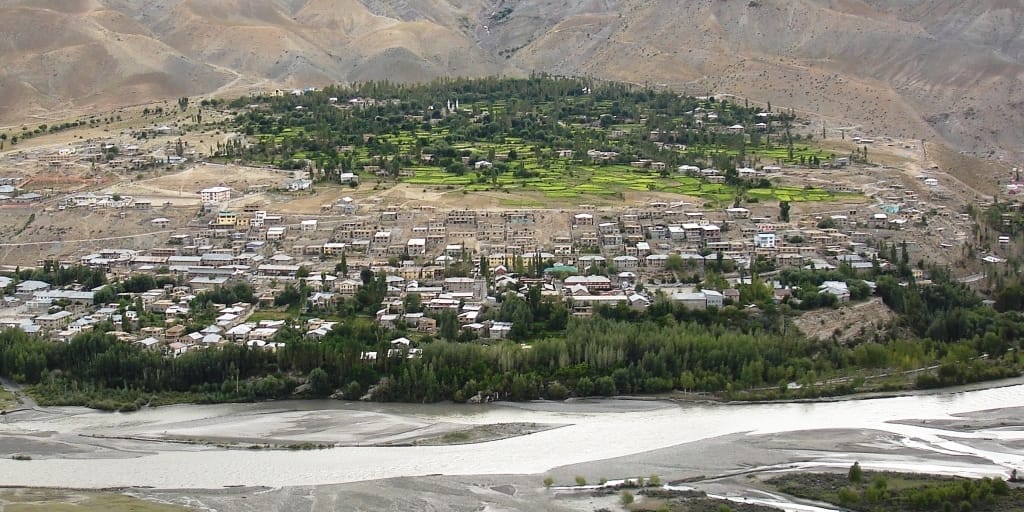
Troops from both countries remain stationed in Siachen’s harshest terrain. Here, gallantry is not about braving the bullets but braving the cold. A BBC report claims that over 70% of deaths, ranging between 3000 and 5000 since Operation Megdooth, have been due to challenging weather conditions. Yet, no country is yielding its position but further fortifying its battle stations.
Going Nuclear: The Kargil War
The 1990s was a paradigm shift; the world was experiencing Jihadism and Terrorism. Al-Qaeda was shaping up and, with it, a renewed claim of religious authority that would engulf Kashmir’s ethnic faultline. India and Pakistan were still fighting over Kashmir, but with a major exception: both countries were now nuclear powers.
And being nuclear meant that both countries had to maintain ‘restraint’ over how they make their next moves. The Kashmir Conflict remained in stalemate, so Pakistan decided to repeat the 1965 war. The purpose was to involve world powers to force India to negotiate a diplomatic solution over Kashmir.
Led by General Pervez Musharaf, the Pakistan Army sent its soldiers, disguised as Islamic Jihadists, to incite an insurgency. When India would respond to the infiltration, the Pakistan Army would mobilize to cut off Indian supply lines to Siachen Glacier.
Pakistan Army made initial gains, occupying strategic peaks to cut India’s critical National Highway 1, but India launched Operation Vijay and a strong diplomatic pushback.
The result was an alienated Pakistan. Over 4000 troops lost their lives on the Pakistani side, and more than 500 soldiers died on the Indian side. Pakistan, which initially maintained that the insurgency was by Kashmiri militants, accepted its role in inciting border tensions and vacated most of its claimed positions.
India further consolidated its stance over Kashmir, and the Pakistani government led by Nawaz Sharif paid the ultimate price when General Musharaf staged a coup, overthrowing the country’s democratic government to establish Pakistan’s fourth martial law.
In the years that followed, Pakistan became a key Western ally; 9/11 changed the world, and Pakistan became the go-to, a geopolitical hotbed, for the war on terror. With Pakistan’s favored position, even India acknowledged its influence. For a brief moment, Pakistan and India made a truce and improved trade ties, and for a moment, it felt like Kashmir could finally find a solution.
Diminishing Hope: 26/11 to Revocation of Article 370
In 2008, India and Pakistan relations took an ugly turn. Against the backdrop of an intensifying war on terror, the Mumbai Attacks happened on 26 November 2008, destroying all the friendly terms between both nations.
Lashkar-e-Taiba, a militant organization with alleged backing from the Pakistan military, claimed responsibility for the attack. India blamed Pakistan, and Pakistan denied responsibility, citing its turmoil and the devastating effects of the war on terror on its population.
Pakistan was the hardest hit by aligning itself with the USA’s war on terror. Militants and insurgency were on the rise: Taliban, Al-Qaeda, ISIS, and Jaish-e-Muhammad found hotbeds in the country, targeting the Pakistani military and further sponsoring Kashmiri Insurgents.
For the Jihadists, the Pakistani Military was no longer Islamic and pure. Jaish-e-Muhammad would go on to incite two significant events: Uri Attack in 2016 and Pulwama in 2019, resulting in more India-Pakistan hostilities.
After the Uri Attack, PM Narender Modi was all but ready to renege on the Indus Water Treaty, saying, “Blood and water cannot flow together.” However, the boiling point came three years later when, in March 2019, India stopped the flow of Sutlej and Ravi, irking Pakistan over the aftermath of the Pulwama Attack.
2019 was a critical year in the Kashmiri Conflict, with Indian elections just months away and Pakistani rhetoric, a key theme for BJP, the ruling Indian party, to gather votes. In between this, Jaish-e-Muhammad struck a Central Reserve Police Force (CRPF) convoy in Pulwama, Jammu & Kashmir, on 14 February 2019, killing 40+ paramilitary personnel.
India responded with a heightened war threat. On 26 February 2019, in the first air raid since 1971, Indian Airforce crossed the LoC to attack Jaish-e-Muhammad hideouts in Balakot. Pakistani military retaliated, and on 27 February, the very next day, Pakistan Air Force, in a dogfight, downed a MIG-21, capturing Abhinandan Varthaman, an Indian pilot. However, none of these war theatrics came close to what India did next: the Revocation of Article 370 as the BJP’s first course of action since taking victory in the 2019 elections.
Article 370 of the Indian Constitution accorded Jammu and Kashmir special status. It allowed the region complete autonomy over internal affairs, including its own government, constitution, and flag. Similarly, in the Pakistani constitution of 1973, Azad Kashmir and Gilgit Baltistan had autonomous status.
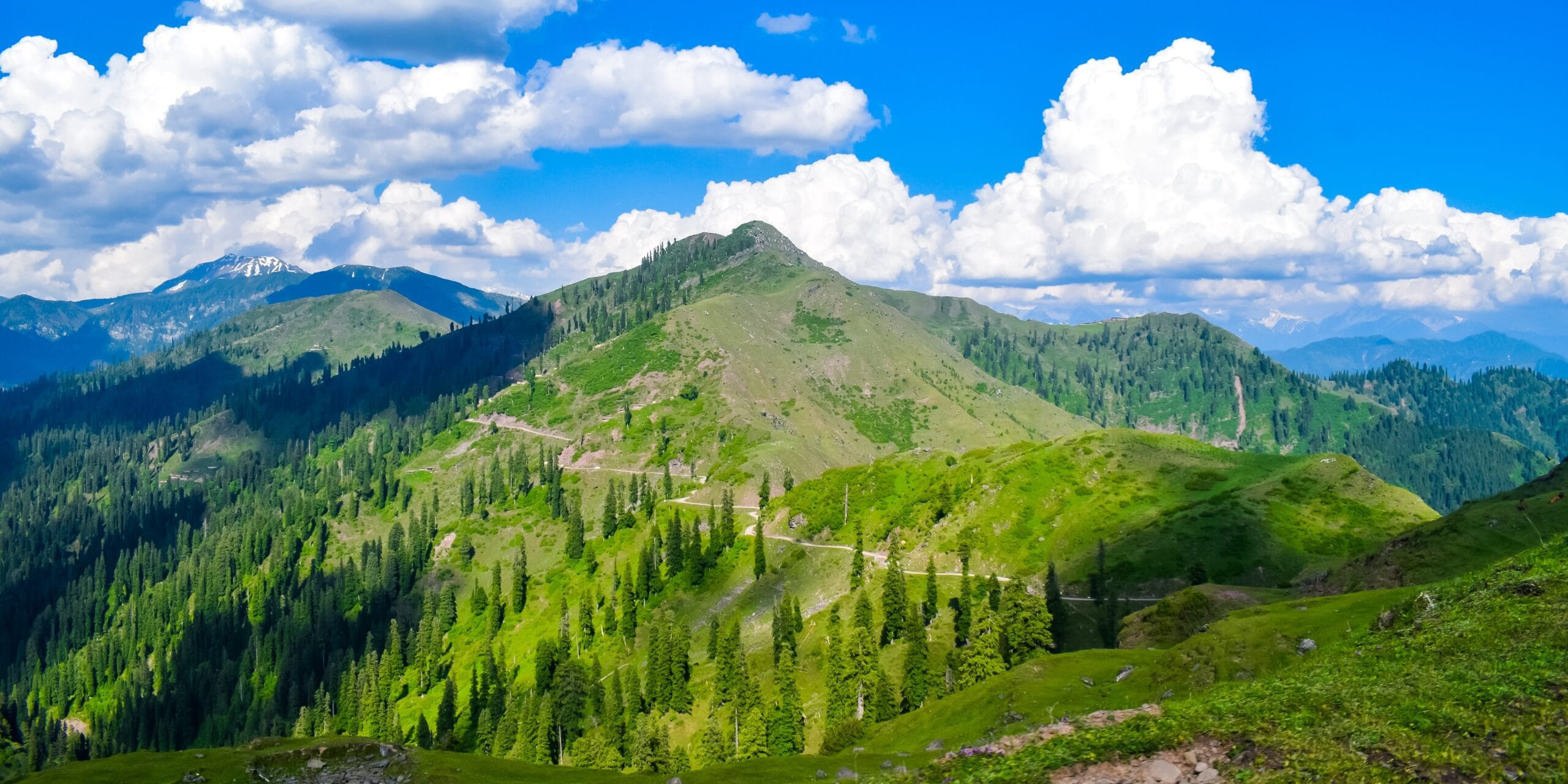
Why was Jammu & Kashmir accorded this special status in the Pakistani and Indian constitutions? The answer is UNSC Resolution 47 and a still-pending plebiscite.
When the BJP swept into power in 2019, they did so with a promise to make Pakistan pay for the Pulwama Attack. The BJP government, through a presidential order, revoked Articles 370 and 35A on 5 August 2019. Both of these meant the Kashmiris would lose their autonomy and the Muslim majority-backed government in the region. Hindus could own land and property, and special quotas for Kashmiris would no longer apply.
Pakistan opposed the revocation of Article 370 in the strongest terms on the international stage. General Bajwa, Pakistan’s Army chief, indirectly threatening, said: “Pakistan army firmly stands by the Kashmiris in their just struggle to the very end…We are prepared and shall go to any extent to fulfill our obligations in this regard.”
China backed Pakistan out of its concerns over the disputed Ladakh region, but this did not stop India from granting Jammu & Kashmir and Ladakh union territory status. This revocation was a very dicey move, with critics divided over its legal ramifications. But for India, it paved the way to lay claim to Kashmir’s untapped resources under the guise of integrating the region and bringing the Kashmiri people economic and social prosperity that was never possible before.
Kashmiris saw their right to self-determination being taken away with the revocation. With the fear of protest looming, India detained over 2,300 Kashmiris, including political leaders Omer Abdullah and Mehbooqa Mufti, and put a blanket ban on all communications. President’s Rule was imposed, the army was called in, and what followed was a further deterioration of the law and order situation in the region.
But all hope is still not lost; in 2024, in the first election since the revocation, Kashmir’s National Conference Party, a Muslim majority party, made a resounding comeback. Riding on the promise of reversing Articles 370 and 35A and finding a political solution to the plight of Kashmiris. How the future unfolds remains to be seen, but what you read above is the timeline and key moments from Kashmir’s struggle of 77 years.
Opinion: A Kashmiri life in battle yearns for a place to call home.
One’s freedom fighter is another’s terrorist, but is this all that’s left of a Kashmiri’s identity? Seventy-seven years ago, Kashmir was promised a right to self-determination, and they are still waiting, struggling as the bystanders mark their aggression, frustration, and hostility as acts of war.
Pakistan and India are never really going to put the fate of this resource-rich region in the hands of Kashmiris; their ambitions are far too big for that. It is a game of power, and the weapon is water. Take water away from Kashmir, and everyone loses interest.
Over the years, Kashmiri voices have been silenced, reducing them to mere footnotes of history. The war and the militarization of the region have made life a true uncertainty. Imagine living on LoC, where you do not know when the next bullet is hitting your home.
India and Pakistan have promised economic prosperity, but only till it benefits their agendas. With China heavily investing in CPEC, which runs through Kashmir and Gilgit Baltistan, Pakistan will hold on to Kashmir for more than just water. This is evident from Pakistan making Gilgit-Baltistan its fifth province in 2020, right after India revoked Article 370.
For India and its bid to become an Eastern Superpower, going head to head with China, Kashmir presents a diplomatic stronghold. It can continuously create tensions in the region to irk China. What this means is that LoC will continue to be the most militarized region in the world, and Kashmiris will remain displaced in their own land, longing for a true home.
Overshadowed by the relentless battles waged around them, Kashmir’s plea is simple: a future where their identity is not a battleground.

